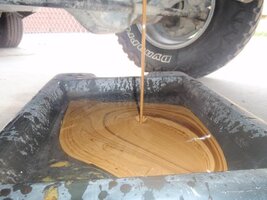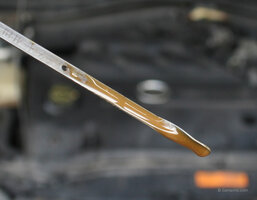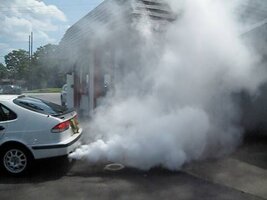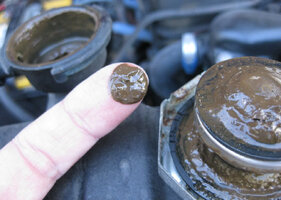p0014 wouldn't (shouldn't) show up for a stretched timing chain. Some stretch is allowed anyway as long as no gears have skipped a tooth - chains for this purpose can just be imagined as another gear just operating in a different manner, there's so many links in the chain just like there's so many teeth in a gear, and is pretty much a way to connect two or more gears without having them in direct contact or reversing direction.
The p0014 actually involves the cam phasing angle - it doesn't detect the actual position of the camshaft itself, but what the cam phaser angle is vs what the commanded angle is. There are three primary parts. The CPAS, which acts as a valve to direct oil to the cam phaser. The cam position sensor, I believe it's a Hall Effect sensor that detects what angle the cam phaser is at, and the cam phaser itself which turns to adjust the camshaft.
Imagine the sprocket which turns the exhaust camshaft, at 0 degrees rotation (let's say this is with the timing dot pointing perfectly up). At this moment, with the phaser doing nothing, the camshaft could also be imagined to be at 0 degrees rotation. But if the phaser would advance or retard the timing, the sprocket itself could be at 0 degrees while the camshaft itself would be at +/- x degrees. The cam phaser has a few bits around the outer edge which the cam sensor detects to know where the cam phaser is in relation to the rest of the system.
I don't mean to inundate you with information or belittle your knowledge in any way, I just hope that explaining the operation of the system may better help you understand the p0014 code. Most of the time it is indeed the CPAS, and cleaning doesn't always bring it back 100%. Sometimes dirty/fouled oil can affect the operation, or sometimes the part is just kinda worn out (the solenoid may not be working as well anymore). Then after that is the cam sensor, sometimes it goes out and can cause the p0014 according to some posts around here. If those options are exhausted, it may be the phaser itself, which is a rather expensive part and also very costly in terms of time to replace (and not a simple job either!). If you have fouled oil, this could very likely cause a p0014 since the system wouldn't be getting good oil to operate with.
The p0326 shouldn't involve the VVT in any way. The conditions for setting it is either getting a reading of <0.01v or >4.99v. It could very well be a loose wire somewhere, and thinking on that it could be a loose wire affecting your VVT also.
And "butter" in/near your throttle body? Now that might be a cause for some concern. Mine had nothing of the sort near that, just a little that came out of the hose that connects to the front of the resonator.







